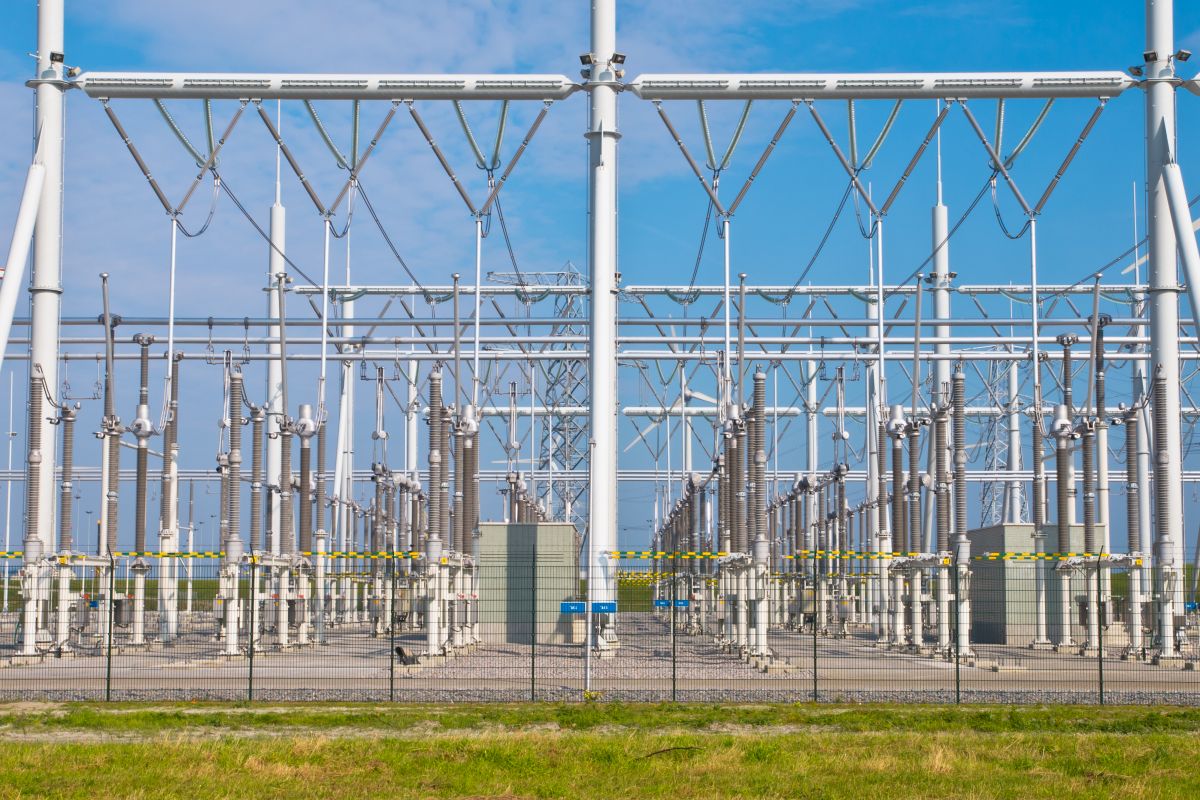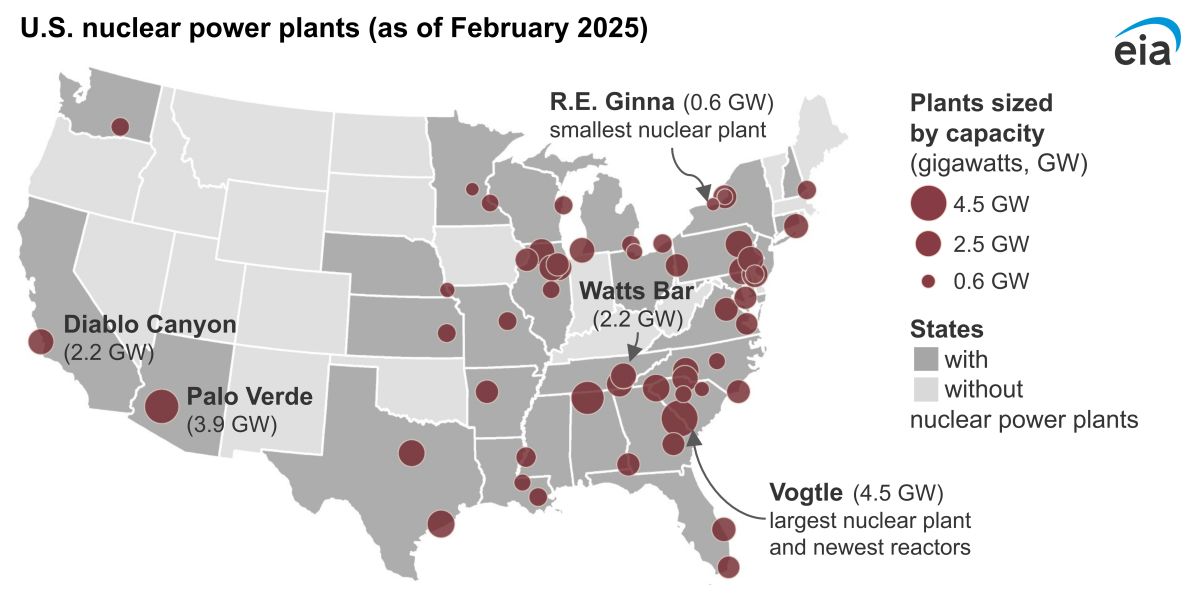The global warming 2023 report continues to alarm, emphasizing the need for effective energy optimization. This technical strategy, which is crucial in promoting energy security, plays a vital role in reducing emissions. Energy optimization, by improving resource utilization, directly contributes to meeting stringent global climate targets. Energy efficiency is crucial in the transition to a self sustaining ecosystem which promotes a low-carbon economy. In this blog, we’ll briefly discuss the role of energy efficiency in climate change mitigation.
Relevant blog: Bracing for the Chill: NERC’s Cold Weather Preparedness Alert
Energy Management Systems
An Energy Management System (EMS) is vital in climate change mitigation, functioning as the focal point between energy consumption and environmental impact. This system enhances energy utilization in residential, commercial, and industrial areas, markedly lowering greenhouse gas emissions. Through persistent monitoring and analysis of energy consumption, EMS facilitates more efficient functioning of appliances and machinery, resulting in considerable energy conservation. Such a system aligns with global efforts to lower carbon footprints and contributes to the broader objective of sustainable development.
The Economic and Environmental Impacts of Energy Efficiency
Energy efficiency stands at the forefront of climate change mitigation, offering a dual advantage. Economically, it reduces operational costs across various sectors by minimizing energy consumption and leads to enhanced energy security. Environmentally, it significantly reduces carbon emissions, a critical factor in global warming. Implementing energy-efficient technologies and practices serves as a key to creating a synergy between economic savings and environmental protection, essential for sustainable economic growth and climate change management.
Integrating Energy Efficiency in National Climate Action Plans
Incorporating energy optimization solutions and efficiency as key elements of national climate action plans is a strategic step toward mitigating climate change. Countries are adopting measures that include setting efficiency standards for appliances and vehicles and retrofitting buildings for energy conservation. Such actions significantly reduce national carbon footprints, aligning with global commitments like the Paris Agreement. By prioritizing energy security, nations are not only addressing climate change but also enhancing energy security and backing up economic resilience.

Future Trends in Energy Efficiency and Climate Change
By 2030, the power sector is poised for significant transformation driven by current policy settings. The International Energy Agency’s World Energy Outlook-2023 report highlights how geopolitical tensions and volatile energy markets influence structural shifts in economies and energy usage. These changes are reshaping how the world meets its growing energy demands. The focus is increasingly on sustainable energy sources and efficiency improvements, reflecting a global shift towards cleaner and more resilient energy systems.
Conclusion
Energy optimization and efficiency are key drivers in mitigating climate change. Optimizing energy use across various sectors significantly reduces greenhouse gas emissions, which promotes a future of sustainability. Implementing energy-efficient technologies and practices is not just environmentally imperative but also economically beneficial. As a cornerstone of climate action, energy efficiency paves the way for a more resilient and eco-friendly world.
Disclaimer: Any opinions expressed in this blog do not necessarily reflect the opinions of Certrec. This content is meant for informational purposes only.











